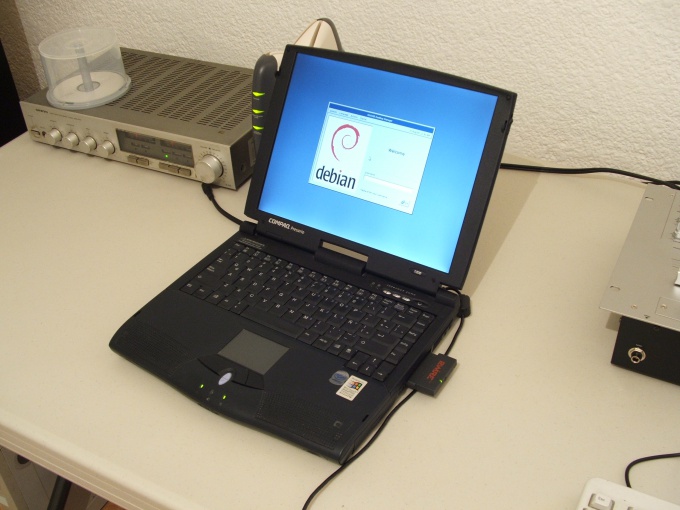Instruction
1
First on the computer , you should install Windows and only then install Linux. In this case, when you turn on the computerand you will see the boot loader menu Linux, which will be attended by both operating systems and you can easily choose the desired OS. If you do the opposite, will only boot Windows for recovery download Linux will have to put a lot of effort.
2
To install Linux you will need to apportion disk space. It is best to dedicate a separate Linux hard drive or, if possible, drive the logical. For partitioning, use the appropriate program such as Acronis Disk Director. This program is easy to use and very convenient. If you only have one disk, split it into two, then delete the new logical disk will appear Unallocated space.
3
Restart the computer, insert the CD with Linux distribution and select boot from CD drive. Usually to do this, press F12 at system start, the relevant menu appears. If the menu is not called, go into the BIOS (usually Del key when booting and select boot from CD. In different models of computers keys menu and enter the BIOS can vary.
4
If done correctly, will start the Linux installation. Most modern distributions have user-friendly and almost do everything themselves. However, during the installation process you may be asked to choose language, timezone, username and password of the administrator. Definitely will be asking on what partition to install an operating system – select the automatic installation in the unpartitioned space (free disk space). Also, please note selection GUI – usually KDE and Gnome. Select both, you can later switch between them and choose the one that you enjoy.
5
In addition to the password and administrator login you will be prompted to choose a name and password – you will work in the system under that account. As the administrator in Linux work only when the respective rights – for example, to install programs, system settings etc. this is Done for security purposes – in Linux there are practically no "foolproof" therefore constant work of an inexperienced user root access (root, administrator) will almost inevitably lead to the collapse of the system.
6
Some Linux distributions will prompt you to select the installed program. You can directly select the desired (recommended) or install them later. At the final stage of installation you will be asked to choose the bootloader version depends on the specific distribution. Most often it is the Grub boot loader, it is quite convenient.
7
The download is complete. Remove from the CD-ROM, restart the computer. If you chose boot from CD in the BIOS, remember to change the settings and return to booting from the hard drive. After reboot you will see the boot menu, it will present two lines – download Linux and the second operating system. The default will be to boot Linux. You will be prompted to enter the username and password of the user, at this stage, you can choose the graphical interface (if you installed more than one).
8
Username and password are entered, you desktop Linux. More precisely, one of the desktops in Linux there are several, which is very convenient. To those who are accustomed to the Windows operating system, at first many things may seem unusual – for example, the method of installation programs. Many users at this stage forever abandon Linux, considering this OS is very inconvenient. Not so fast – a little getting used to Linux, you hardly want to return to Windows.
Useful advice
Before installing Linux make sure to save all important data on separate media!
